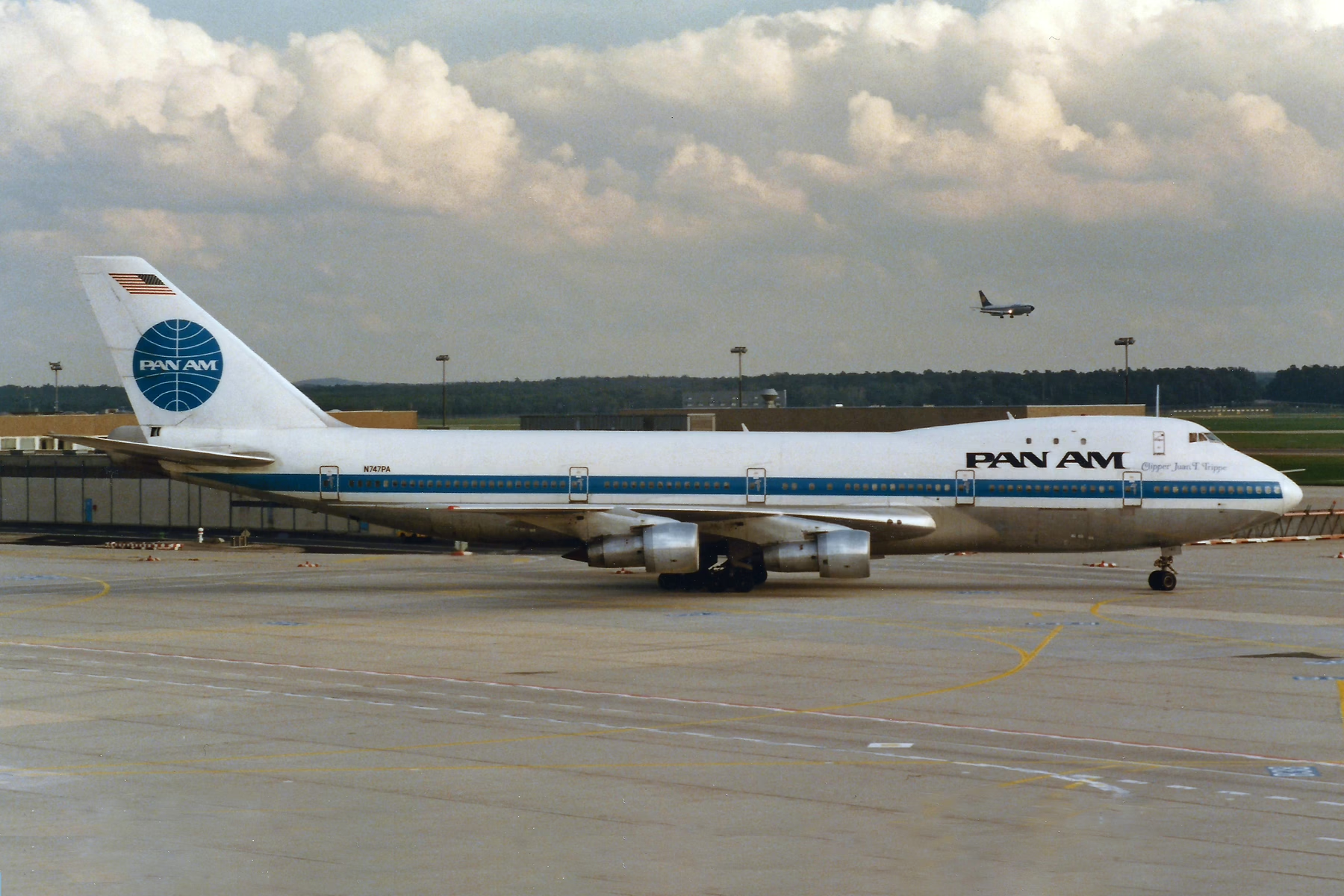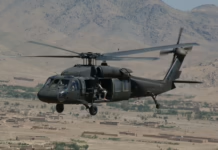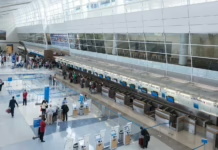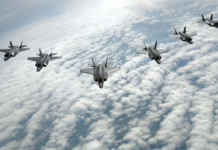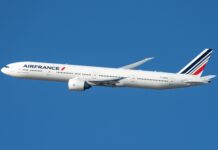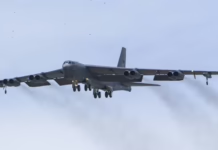The legendary carrier that ceased operations in 1991 has formally entered the FAA certification process, marking a significant milestone in efforts to bring the storied airline back to the skies with possible operations beginning in 2026.
A partnership seeking to revive Pan American World Airways has launched the federal certification process, moving the decades-old dream one step closer to reality.
Aviation merchant bank and consulting firm Avi8 Air Capital and Pan American Global Holdings, which owns the Pan Am trademark, have formally begun seeking Federal Aviation Administration certification for the reborn carrier. The two organizations announced they completed an economic feasibility study and business plan after collaborating since June on the potential airline restart.
Aviation Week reports the certification application represents a major step forward in the effort to restore the airline that collapsed in 1991. The partners aim to start flights in 2026 if they can navigate the lengthy regulatory approval process.
Starting the certification means Pan Am must now submit comprehensive documentation covering its business plan, safety management system, maintenance program and crew training protocols. The FAA will review each component before allowing the airline to advance to proving flights, audits and operational readiness checks.
The airline plans to establish its headquarters in Miami and operate Airbus aircraft, though specific details about its business model, fleet composition and route network remain undisclosed. The company is pursuing Part 121 certification, which governs operators of large transport aircraft.
The certification path demands significant infrastructure development. Pan Am will need to recruit and train pilots, flight attendants and dispatchers while establishing maintenance operations either in-house or through contractors. The airline must also create quality control systems, maintenance documentation, safety oversight and emergency procedures that meet federal standards.
Financial pressures loom large. The startup has no revenue stream while facing certification costs including staffing, regulatory fees, training, simulators, safety audits and aircraft acquisition or leasing expenses. Insufficient funding could delay or derail the project before the first flight.
Even with certification secured, Pan Am faces steep competitive challenges. The carrier will enter a market dominated by American Airlines, Delta Air Lines and United Airlines, which operate fleets of 1,000, 992 and 1,055 aircraft respectively, according to Planespotters.net. Southwest Airlines has 800 planes. These established carriers maintain extensive loyalty programs, global alliances and operational scale.
The Pan Am name carries historical weight in aviation circles but lacks recognition among most contemporary travelers. The new carrier will need substantive competitive advantages beyond nostalgia to gain market traction.
Limited capital likely means Pan Am will lease aircraft or purchase used planes rather than ordering new jets, which are in short supply. The airline will probably operate either Airbus A320ceo aircraft for short-haul routes or Airbus A330ceo aircraft for longer distances, depending on its strategic focus.
Part 121 certification doesn’t necessarily mean Pan Am will operate scheduled passenger service. Carriers including Omni Air International and the current Eastern Airlines hold Part 121 certificates while operating charter flights rather than regularly scheduled routes.
Regulatory oversight will be intense. The FAA, facing recent criticism over perceived gaps in its monitoring, is expected to closely examine every aspect of the startup’s operations. The certification process will likely take years, and building meaningful market share and profitability will require even more time.

Key Takeaways
- Pan American World Airways has formally entered the FAA certification process through a partnership between Avi8 Air Capital and Pan American Global Holdings, targeting possible 2026 operations from Miami.
- The startup faces significant financial challenges with no revenue while requiring extensive infrastructure, trained crews, and aircraft acquisition or leasing.
- Pan Am must compete against established carriers operating fleets of 800 to 1,055 aircraft, including American Airlines, Delta Air Lines, United Airlines and Southwest Airlines.
- Part 121 certification does not guarantee scheduled passenger service, as the carrier could operate charter flights like Omni Air International and current Eastern Airlines.



